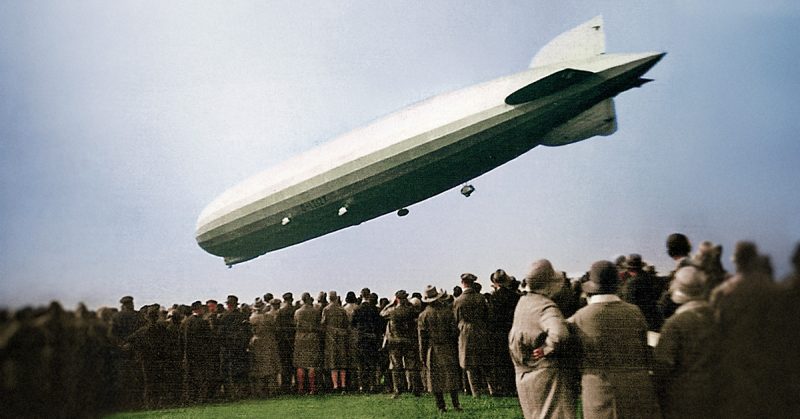Surprisingly each zeppelin was able to travel at around 80-90 mph and carry about two tons of bombs.
Today, airships are only really used either as marketing and promotional gimmicks, to cover sporting events from above (like Goodyear’s famous blimps), or they are half-remembered footnotes of history, like the Hindenburg disaster.
A fact about airships that has largely been forgotten is that 100 years ago they were used in war. During the First World War, German zeppelins spread terror across Britain in some of the first aerial bombing raids on cities in history.
The airships were named for German Count Ferdinand von Zeppelin, who invented the eponymous rigid-framed airship, the structure of which was maintained by an aluminum frame.
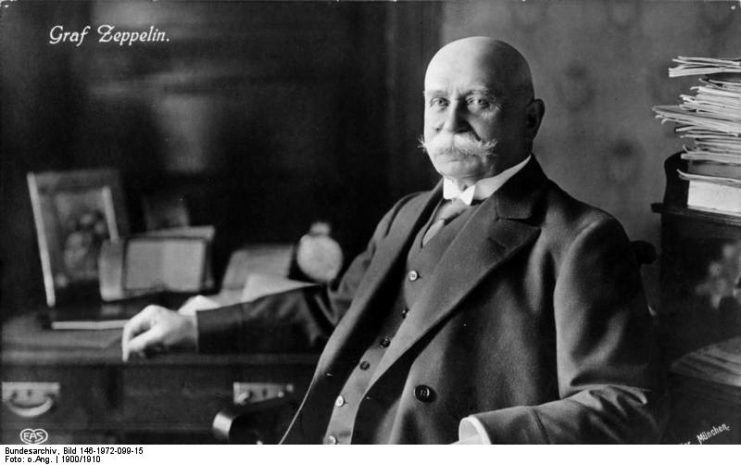
While not all rigid airships are zeppelins (just as not all photocopy machines are Xeroxes), and some of the airships used by Germany during WWI were not technically zeppelins, for the sake of simplicity, we’ll stick with the term “zeppelin” in this article.
The zeppelins that raided Britain during the First World War were huge aircraft, well over 500 feet long. They were filled with hydrogen, which is lighter than air. Each zeppelin was able to travel at around 80-90 mph and carry about two tons of bombs.
While earlier models were able to ascend to approximately 10,000 feet, in the latter years of the war, improved models were able to climb to 16,000 feet and higher – which put them out of range of most other aircraft at the time.
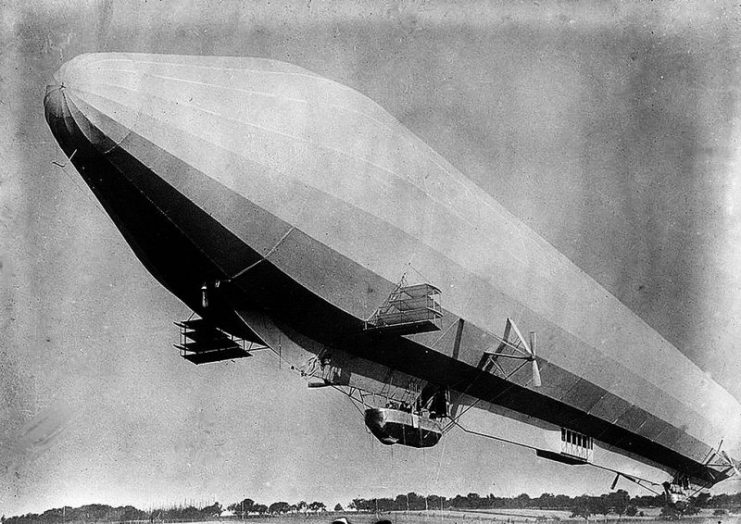
For the Britons who saw the zeppelins hovering ominously over their cities during WWI, the sight was akin to that of an alien spaceship arriving from outer space. Airplanes had only been around for a couple of years, and the zeppelins used by the German Army dwarfed any plane that British people would have seen in their skies up to that point.
https://youtu.be/ZumBAmyq7b0
The zeppelins were slow-moving and relatively silent. Residents of the cities they bombed reported hearing an “eerie throbbing sound” when they were hovering above.
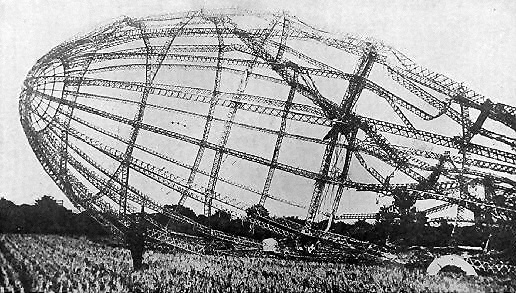
Furthermore, with a silhouette akin to a giant, silver cigar, they would have looked like something out of a science fiction novel — utterly fascinating, scarcely believable, and ominously sinister all at once.
For many of the raids the zeppelins made, however, the huge airships were invisible to their targets below. The sound of their motors was often also masked by wind or the fact that their altitude was so high that people on the ground couldn’t hear them. This greatly amplified the terror they inspired, for the bombs they dropped could seem to come from anywhere at any time.
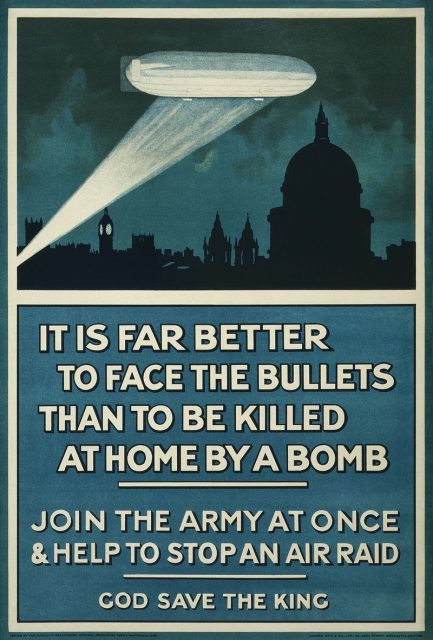
Raids were almost always conducted at night, owing to the fact that the huge, slow-moving aircraft would be easily spotted during the day, but cloudy nights provided ideal cover.
The campaign to bomb Britain by airships was authorized by German Kaizer Wilhelm II in January 1915. He initially forbade the zeppelins to bomb London, not only due to the fact that he was related to Britain’s royal family, but also because he did not wish to destroy the cultural heritage there if he could help it.
As the war dragged on, however, and the Kaiser came under increasing pressure, he eventually changed his mind and did authorize the bombing of London.
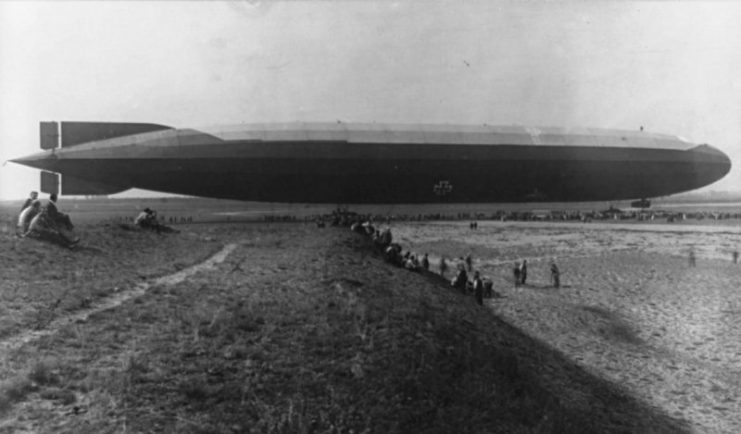
The first successful airship raids against the British mainland took place on January 19, 1915, when two German zeppelins bombed King’s Lynn, Sheringham, and Great Yarmouth. Sixteen people were wounded and four lost their lives.
However, the effect of these initial bombings went far beyond mere damage to property and loss of life, which was comparatively minor, since the psychological impact of the raid was significant.
Prior to this, the First World War had been, for most of Britain’s populace, something that had been happening across the ocean, on the continent of Europe – but now the war had been brought onto British soil.
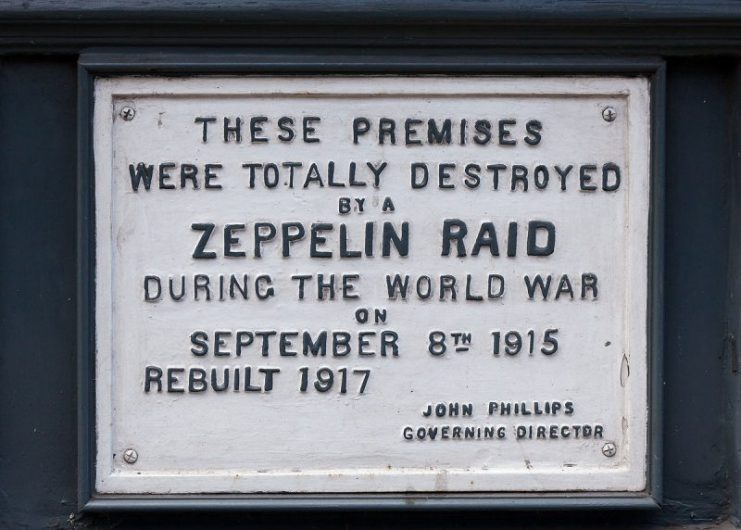
After the first zeppelin raids there was some initial panic, and anti-German rioting broke out in some places. One or two mobs looted shops owned by Germans. Some feared that a German invasion was imminent, while others spread conspiracy theories that the zeppelins were being launched from a hidden base on English soil.
Soon, fear gave way to determination and stoicism, and the British people began repairing the damage caused by the raids and getting on with their lives, refusing to be cowed by the attacks from above.
While initial British defenses against the zeppelin attacks were ineffectual (London itself was quite unprepared for aerial attacks, initially only being defended by the Admiralty with a couple of one-pounder guns), they soon adapted and were able to counter the threat of the zeppelins.
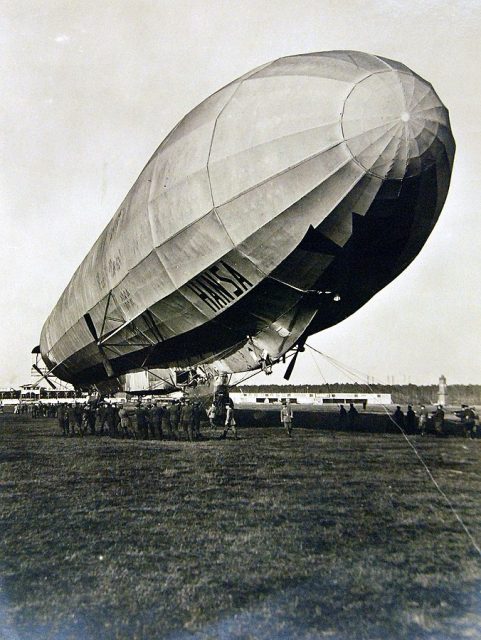
While initial raids against London were effective, if not devastating – seven people were killed, and thirty-five wounded, along with rather extensive damage caused – the city, as well as the rest of the English coastline, soon upgraded its defenses.
Smaller artillery guns were unable to take out German zeppelins due to a lack of range. However, because of the height at which the zeppelins flew, airplanes and anti-aircraft guns (if either of them had incendiary rounds) proved to be tremendously effective against the zeppelins. If just one of these rounds pierced a zeppelin’s hydrogen bladder, the entire airship would quickly go up in flames and come crashing to the ground.
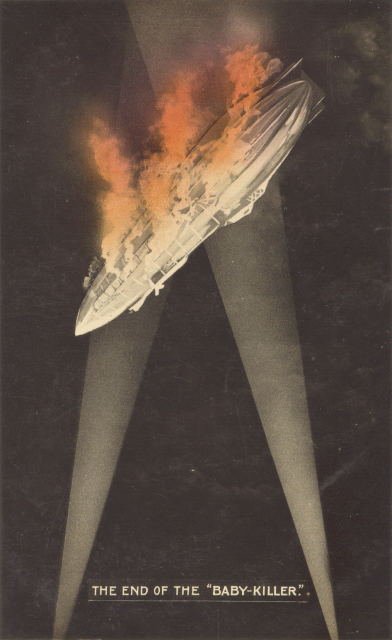
Read another story from us: Submarine Hunters and Flying Boats – Seaplanes in World War One
By 1917, the Germans had largely replaced their zeppelins with airplanes which they used to deadly effect, raiding Britain during daylight hours for the first time in the war. All in all, there had been 52 zeppelin raids on Britain during the war, and over 500 Britons had lost their lives in these.
After the war was over, however, zeppelins would never again play a major role in military history. Following the Hindenburg disaster of 1937, they would largely disappear from civilian use too.
